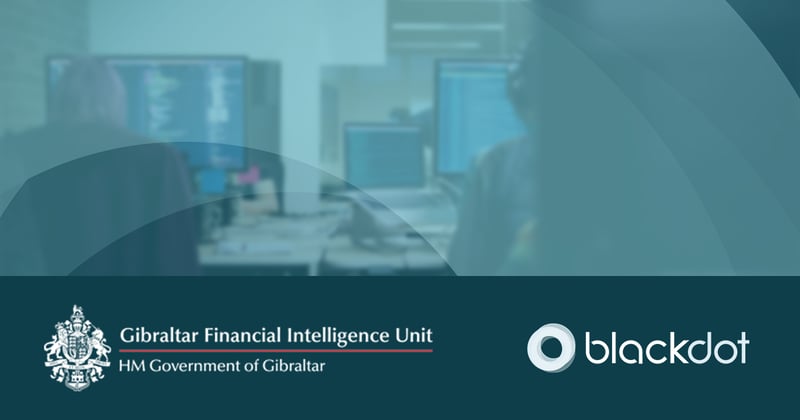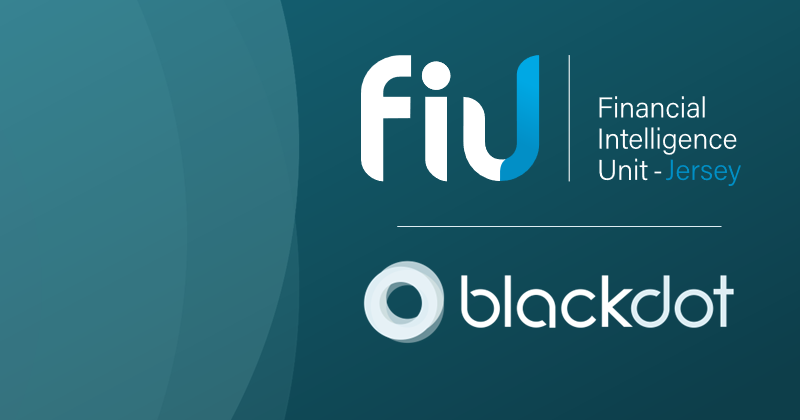Financial crime is becoming harder to fight. From complex criminal networks running global money laundering operations, to developing sanctions evasion tactics and increasingly sophisticated fraud schemes: both banks and law enforcement are struggling to keep up. A 2025 Kroll report found that 71% of anti-financial crime professionals expected financial crime risks to increase in 2025, with only 23% believing that their organisation’s compliance programme was ‘very effective’.
Criminals are taking advantage of innovations in technology and the growing digitisation of financial services to increase their impact. To counter these developments, those responsible for fighting financial crime must also take advantage of technology.
In this blog, we’ll discuss the types of solution financial crime investigators need and the best tools for the job.
What does a good financial crime investigation tool do?
Combining external (OSINT) and other data
To conduct effective financial crime investigations, teams need access to Open Source Intelligence (OSINT). OSINT is the practice of turning publicly accessible or licensable data into actionable intelligence. Effective use of data from sources such as corporate registries, surface, deep and dark web, publicly available social media, adverse news providers and more can significantly increase the impact of financial crime investigations. By combining OSINT with internal or privileged data, investigators can gain a fuller picture of a subject or network allowing them to plug data gaps and close cases faster.
The challenges of OSINT
Although essential to effective financial crime investigation, OSINT can be challenging to implement in an enterprise context. The huge volumes of open source data available, combined with its disparate nature, make manual collection and analysis is time consuming, error-prone and lacks auditability. Investigators using non-specialised tools are open to security risks such as revealing their identity online and downloading malware.
Where do tools fit in?
The right financial crime investigations tool can help teams overcome these challenges, allowing them to use OSINT alongside other data sources in a secure, consistent and efficient manner. A good financial crime investigation tool should include:
- Broad data access: Investigators need access to the broadest possible range of data to ensure a full picture of a case. Tools should allow investigators access to sources such as corporate registry data, surface and deep web, adverse news, PEP and sanctions data, and publicly available social media. Importantly, they should also allow integration of niche or proprietary data sources. The best possible outcomes depend on combining external (open source) data with internal or paid data sources for maximum coverage.
- Network visualisation: Understanding connectivity is essential to unravelling the networks behind money laundering, sanctions evasion and more. Visualisation tools are essential to making sense of these networks, spotting hidden connections and identifying attempts to obscure beneficial ownership.
- Risk flagging: Where investigations involve large amounts of data, it can be difficult to know where to look next. Automated risk flagging tools can help investigators avoid data overwhelm and identify key information as quickly as possible.
- Inbuilt security: Especially where external data is involved, security is key. Tools should have built-in features that help the investigator to avoid cyber risks or revealing the nature of the investigation online.
- Audit tools: Investigators must provide evidence of their work to regulators and other stakeholders. Inbuilt audit tools that log and track activity, including use of external data, are essential meeting regulatory obligations.
What are the best investigation tools for financial crime?
Now, let’s take a look at some of the best tools available to help financial crime investigations use OSINT as part of their investigations. This is not an exhaustive list, but provides a guide to the types of tools investigation teams may want to consider.
Adverse media, PEP and sanctions providers
Vendors such as LexisNexis, Dow Jones and Thomson Reuters offer database solutions containing detailed information about entity-centric risks such as adverse media, presence on sanctions lists, PEP status and more.
These providers offer a relatively simple and accessible means of screening against vast datasets to identify a range of risks. However, while these data sets cover some unstructured news media sources, in-depth investigations typically require coverage of the wider internet. This means that these providers may not flag all relevant risks; for example, information about risks in a subject’s network
Google and other search engines
Many financial crime investigations teams today use search engines like Google to identify information about subjects of interest. The familiar interface and fast access means that no training is needed, while the ability to search unstructured data sources provides broader coverage of risk.
However, search engines are fundamentally designed for commercial gain, rather than investigative value. This means that important results could only appear on page 20 - or even be buried on the deep web. Search engines also lack tools essential to enterprise investigation: lack of security and formal evidence trail, as well as inconsistent results, make audit challenging.
Answer engines
Increasingly, some investigations team members are using answer engines such as ChatGPT or Perplexity to answer relatively complex investigation questions in a human-like manner. The LLMs (Large Language Models) behind answer engines can identify and summarise large volumes relevant content very quickly, producing material that can be used to generate reports at speed.
However, answer engines have flaws that make them unsuitable for enterprise investigations. They can be biased or hallucinate, compromising quality and leading to unfair decisions. Sourcing provided is also often inconsistent or incorrect, affecting auditability. Finally, sharing confidential information about subjects under investigation with a service such as ChatGPT can introduce significant data security risks.
Corporate records providers
Providers of corporate and trade data such as Moody's, Sayari and Dun and Bradstreet, offer global coverage of corporate and trade data, inbuilt risk identification tools and, in some cases, graph analytics.
These solutions are ideal for use cases such as supply chain due diligence. However, they are focused on a limited range of structured data sources with minimal coverage of unstructured sources such as deep/dark web and social media, potentially limiting teams’ impact.
The Videris Platform
Videris is an end-to-end investigations platform for collecting, analysing and visualising data. Designed specifically for enterprise use cases, it offers an AI-enabled solution for automation of repetitive manual investigation or screening steps, as well as a solution for more dynamic complex investigations.
Videris users benefit from access to a broad range of external data sources, including commercial databases, corporate registries and live, unstructured internet data. The platform allows organisations to integrate their own proprietary or internal data sources for a full picture in every investigation.
The platform offers analytical tools that increase investigation efficiency and accuracy, ranging from AI-enabled automated risk screening, to interactive network visualisation and filtering tools for large quantities of data. Inbuilt security ensures that online browsing is safe and anonymous, while audit tools ensure that every step of an investigation is recorded. Explainable AI provides transformative efficiency gains, allowing the human analyst to stay in the loop as required while closing cases faster.
Choosing a tool that aligns with your team’s needs
Whatever your choice of OSINT tool for financial crime investigations, it’s essential that it’s configurable and flexible enough to meet your team’s requirements. If you’d like to learn more about how an OSINT tool can support transformation in anti-financial crime, get in touch.



